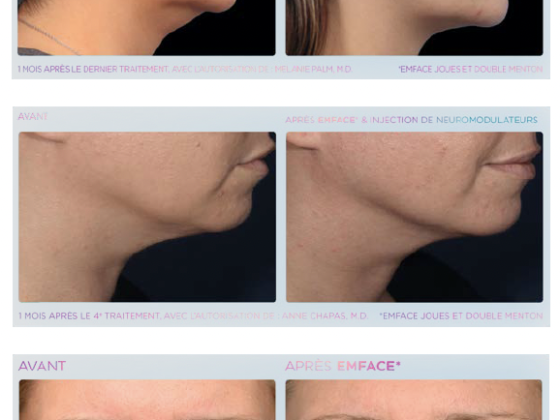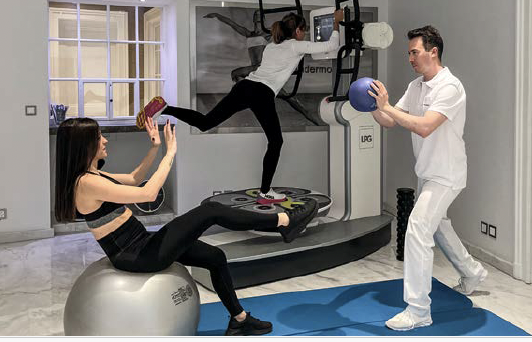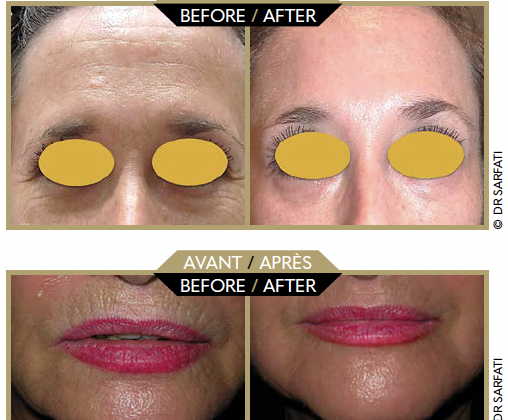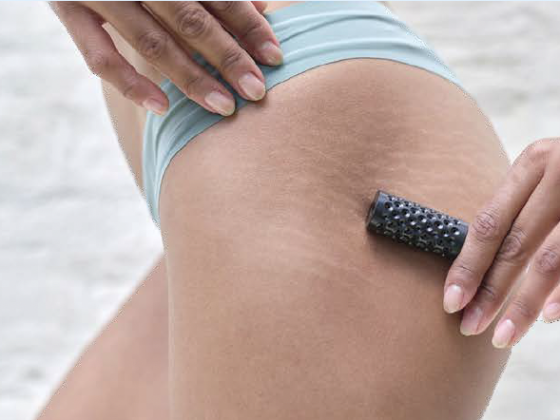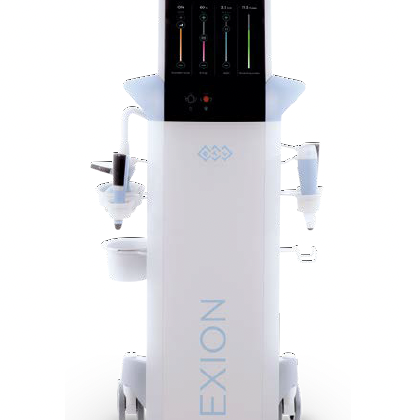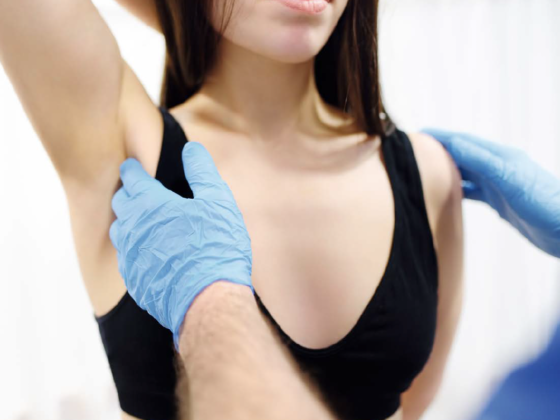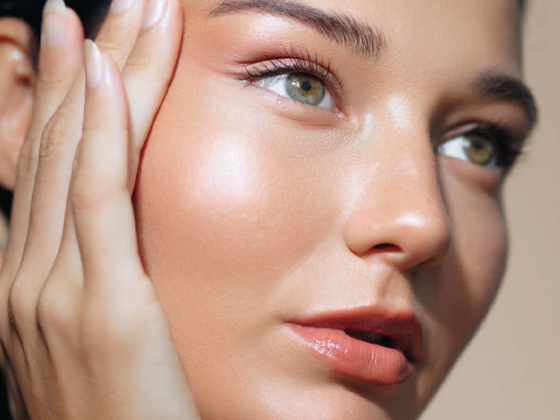Dr Céline Grégoire
Not a gadget or a revolution: a technological standard that has become an essential.
The HESTIA CO₂ laser, which is equipped with a surgical handpiece and a fractional handpiece, is a reliable, high-performance platform that uses no consumables. It is an ideal addition to the therapeutic arsenal of doctors working in dermatology and medical aesthetics. It can be used on a number of skin lesions – previously treated using electrocautery, cryotherapy or excision – with increased accuracy and milder after-effects. It also improves the skin’s texture, firmness and flaws, thanks to its fractional ablative action.

Principle and general function
The CO₂ laser emits infrared light at a 10,600nm wavelength that is easily absorbed by water, the main component of the skin tissue. This absorption triggers a quick increase in temperature, leading to tissue vaporisation. Depending on the settings, the two surgical handpieces (50mm and 100mm) either cut cleanly like a scalpel – with a simultaneous coagulation effect to reduce bleeding – or precisely vaporise the lesions. The fractional handpiece uses an intelligent scanner, which can be set for different shapes and densities of passes, to generate a controlled thermal resurfacing effect comparable to that of a deep peel, but safer.
Surgical handpiece: indications and technical specifications
The laser beam is transmitted via an articulated arm equipped with mirrors and the beam is focused on a precise area using lenses. The emission can be continuous or pulsed (pulsed, super-pulsed or ultra-pulsed mode), depending on the objective: vaporisation or section.
Main clinical indications:

• Benign epidermal lesions: verruca vulgaris, condyloma, seborrheic keratoses, molluscum contagiosum, verrucous naevus. The CO₂ laser is particularly effective for treating stubborn plantar verrucas.
• Precancerous lesions: actinic keratoses, with a well-documented preventative role on relapses thanks to the elimination of senescent fibroblasts..
• Benign dermal lesions: syringomas, xanthelasmas, cherry or spider angiomas, skin tags, epidermal cysts.
• Hypertrophic or keloid scars, acne scars, skin growths.
• Benign tumours: sebaceous adenomas, intradermal naevus.
The laser beam acts as a high-precision thermal stylus, ensuring excellent coagulation and stimulating neocollagenesis, which promotes quick and aesthetic healing.
Fractional handpiece: technology and indications
Here, the beam is split into a multitude of micro-beams thanks to an integrated scanner, creating fractional thermal zones called Micro Thermal Zones (MTZ). The intact skin between these ablation points speeds up healing. The laser brings about the formation of micro-columns of coagulation by thermally stimulating the deep dermis, leading to the gradual reshaping of the skin thanks to collagen and elastin synthesis.
Customisable settings:
• Deep action that can be modified according to fluency.
• Adjustable density by spacing out the MTZ.
• Customisable shapes and sizes of laser beam to adapt the treatment to the area’s anatomy.
Main indications:
• Medical blepharoplasty (phototypes I to III)
• Perioral, periocular and frontal wrinkles
• Dilated pores, irregular texture
• Acne scars
• Dyschromia, solar lentigos
• Mild sagging on the face, neck, décolleté
• Non-invasive photo rejuvenation
Fractional treatments offer better tolerance, a shorter recovery time and continuous improvements over 3 to 6 months.
Treatment protocols
Preparation:
• Application of anaesthetic cream (e.g. EMLA) 1 hour before the session.
• For certain zones, local or locoregional anaesthetic is recommended.
• Stringent eye protection (glasses or sterile intraocular shields).
Procedure:
• Cleanse and disinfect the skin.
• Apply the laser at an even distance, without overlapping the passes, in fractional mode.
• Dermatological lesions: generally treated in a single session.
• Aesthetic indications: 2 to 5 sessions depending on the patient’s social tolerance.
After-effects of the treatment
Standard CO₂: variable healing, depending on the size and depth of the lesion.
Fractional CO₂:
• 5 to 6 days of scabbing on the face; longer on the body.
• 1 to 3 months for complete recovery in the case of deeper treatments (acne scars, blepharoplasty).
Focus: Non-invasive medical blepharoplasty
Ideal indication for moderate excess skin on the eyelids in pale phototypes.
Protocol:
• Local anaesthetic.
• Intraocular shields in place.
• Settings:
– Shape: 1cm square
– Horizontal sweeps
– Energy: 80mJ
– MTZ spacing: 1mm
– 1 pass 2mm from edge of eyelashes
• Post-procedure LED session (e.g. ENDROLED) to speed up healing.
After-effects:
• Prolonged erythema (up to 2 months), scabs for 10-15 days.
• Visible results after 3 weeks, improving over 3 months.
• Strict sun protection for 45 days and application of healing cream.
Conclusion: a versatile, high-precision laser
The HESTIA CO₂ stands out as a gold-standard technological tool that is as effective for dermatological surgery as it is for skin rejuvenation procedures. Thanks to its computerised sweeping devices, it allows for reproducible, safe and customisable treatments, guaranteeing constant and long-lasting results.
Dr Céline Grégoire

Aesthetics doctor at Claude Galien private hospital since 2001. AEternam aesthetic medicine clinic since 2020. Interuniversity degree in medical lasers from Sorbonne university in 2023. Member of the SFLD. Member of the AFME.
More informations: lasersenart.fr





